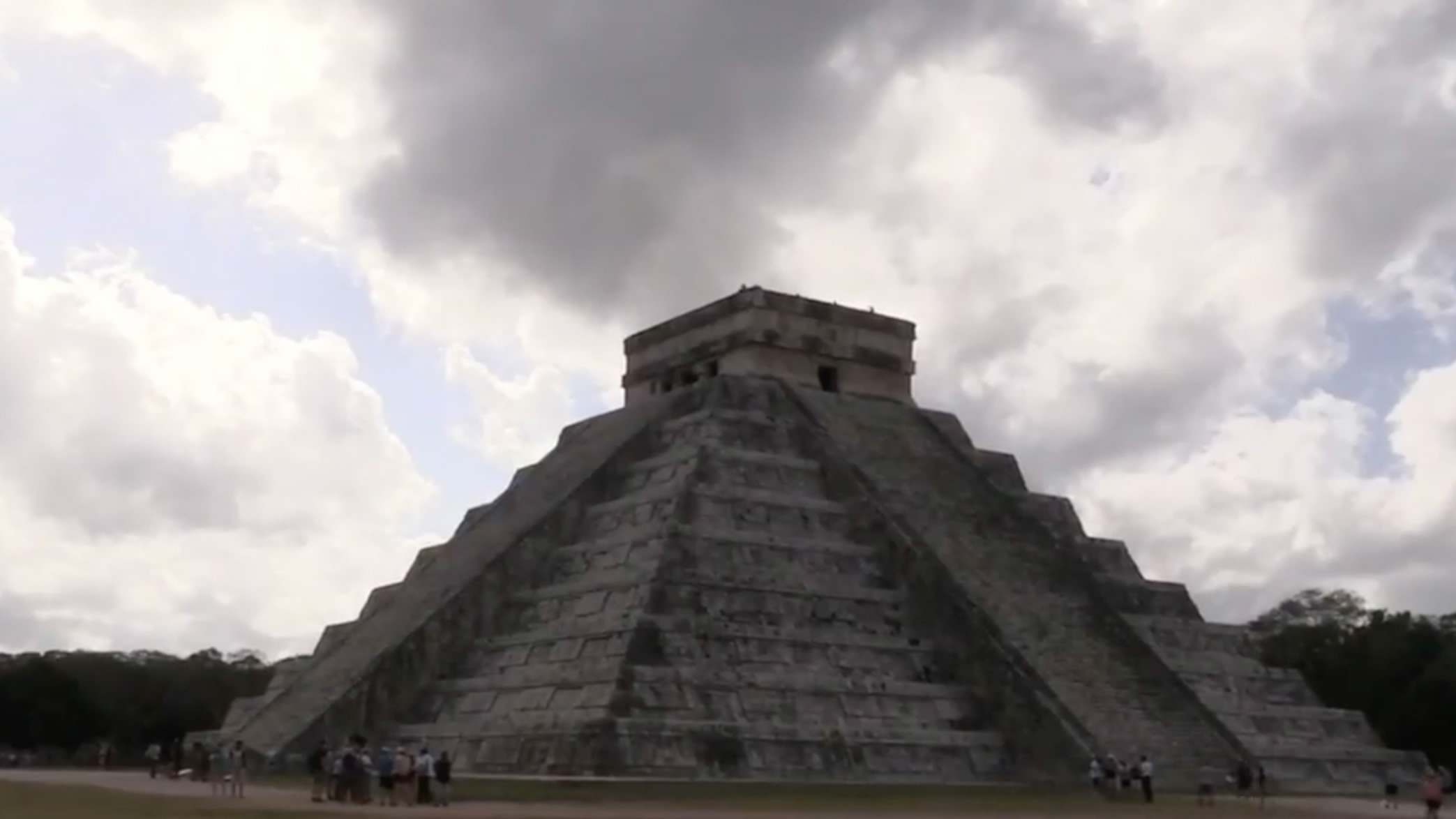
Culture
08:29, 02-Mar-2018
Acid rain threatens ancient Mayan monuments of Mexico
By CGTN America

Chichen Itza was built over a thousand years ago by the ancient Mayans. It’s one of the so-called “new” seven wonders of the world. But government archaeologists have warned that the monuments are deteriorating at an alarming rate.
CGTN’s Alasdair Baverstock reports.

Chichen Itza is located in southeastern Mexico, and is centered around the famed Pyramid of Kukulcan. It attracts millions of tourists every year, and is a mainstay of the region’s economy.
Archaeologists claim acid rain from industrial activity nearby is wearing away at the monument’s stone. Little-by-little, it could erase historic inscriptions, likely within the next 100 years.
Ancient Mayan monuments like Chichen Itza are constructed primarily of limestone (i.e. calcium carbonate) and are increasingly vulnerable to the larger volumes of acid rain that the region experiences.
Archaeologist Claudia Garcia said these meteorological changes are destroying Mexico’s priceless patrimony.
“We have seen that the worst affected monuments are the ones which are located closer to centers of urbanization, where local industry emits sulfates and nitrates into the atmosphere, which make for higher acid levels than simple carbon dioxide, and end up accelerating deterioration,” Garcia explained.
Regardless, Yucatan’s government is skeptical over the claims.
“I don’t believe that acid rain is responsible for any damage to our state’s Mayan monuments,” Yucatan’s Rural Development Director Luis Novelo said. “These archaeological sites are in the jungles, where eighty percent humidity and aggressive plant life is a far greater factor in their deterioration.”
Conservationists and scientists are looking for ways to better protect these ancient structures. Nearly all hope they’ll be strong enough to weather the continued storms of acid rain.

SITEMAP
Copyright © 2018 CGTN. Beijing ICP prepared NO.16065310-3
Copyright © 2018 CGTN. Beijing ICP prepared NO.16065310-3